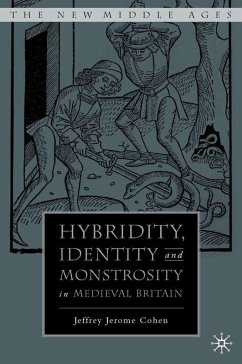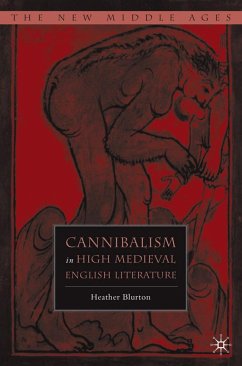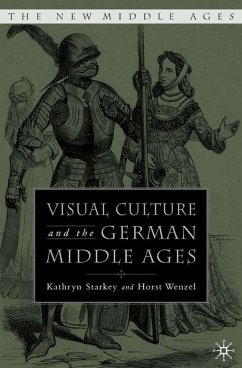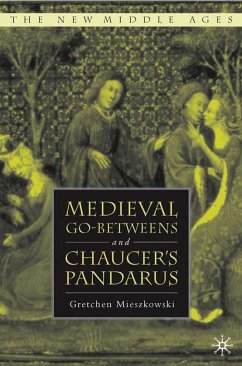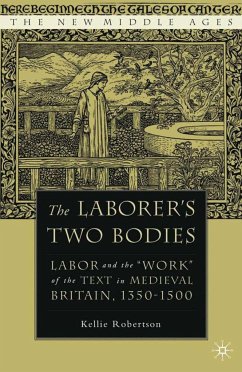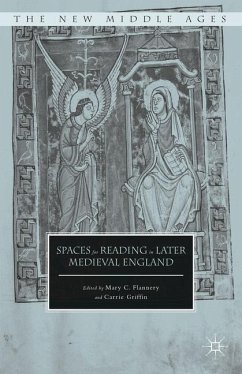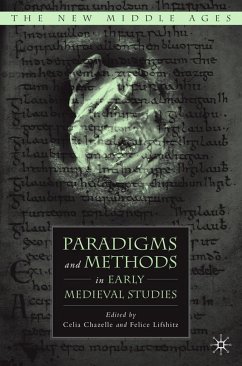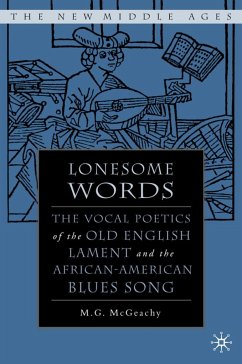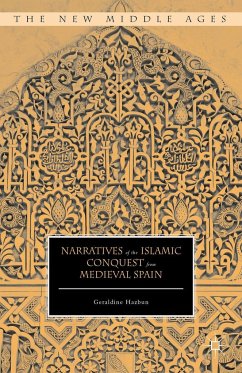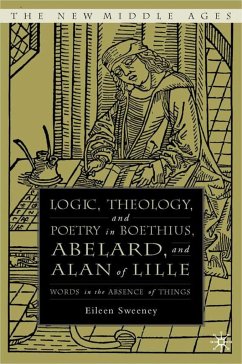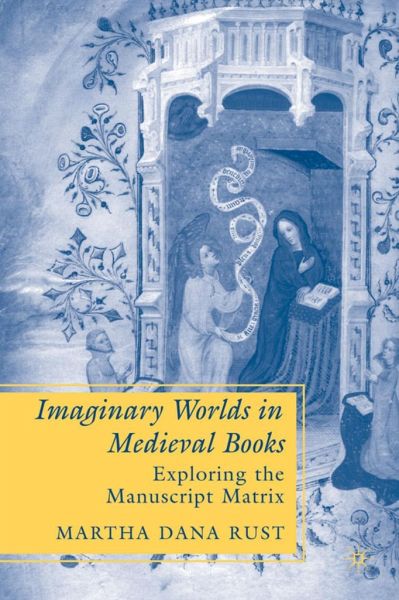
Imaginary Worlds in Medieval Books
Exploring the Manuscript Matrix

PAYBACK Punkte
42 °P sammeln!
This book envisions the confines of medieval manuscripts as the potential territory of many virtual worlds: realms that readers call forth through their imaginative interactions with a book's material features. Each component of a medieval manuscript--its alphabetical characters, pages, images, text, gloss--offers an avenue of involvement with the world of books, and with the worlds "in" books. The explorations presented here follow those paths in a selection of manuscripts and texts produced in late-medieval Britain, tracing the fortunes of characters who become subject to and sometimes subjects in the very books the read and write.
This book presents a series of narratives that reflect the compelling and sometimes dangerous allure of the world of books - and the world in books - in late-medieval Britain. It envisions the confines of medieval manuscripts as virtual worlds: realms that readers call forth through imaginative interactions with books' material features.





